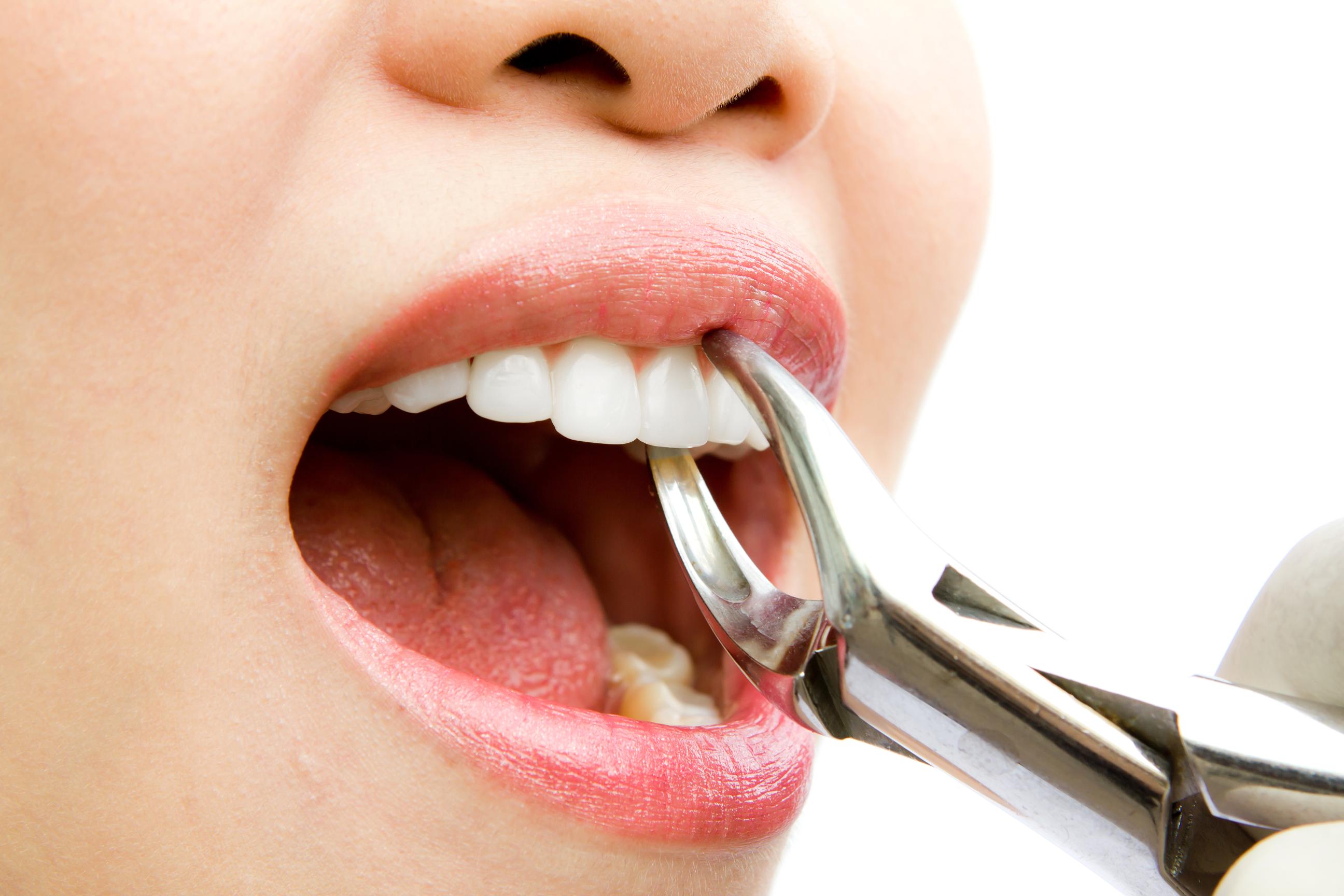Fear of a tooth extraction is reasonable if they do not go into a panic and do not provoke a person into dangerous long-term inaction. When a patient in a dentist’s office finally gets rid of a bad tooth, at that moment it may seem that all fears and problems are over. However, in practice, this is not always the case, and you need to be prepared for this.
After the removal of the tooth, many people start to worry about another question – how long does the hole and the injured gum heal? This is because sometimes after the procedure, the gums begin to be very disturbed, often bleeding of the hole and pains stretch for several days.

A wound in the mouth at the site of the extracted tooth creates many inconveniences in general:
• Sometimes a hole bleeds for a very long time, and it is not apparent to a person in such a situation how to stop ongoing bleeding;
• Habitual food clog in the hole, further traumatizing it;
• Sometimes the wound starts to fester; a putrid smell comes out of it.
In order to understand how long the gums heal after tooth extraction, it is useful to first understand what processes occur in the dental hole after the operation, how the process of its “tightening” proceeds, what factors contribute to this, and which seriously interfere, creating the risk of re-infection surrounding tissue wound with the development of complications – alveolitis (inflammation of the hole).
Immediately after a tooth is removed and the hole is filled with a blood clot, the mechanisms for its healing are triggered, however, it is somewhat problematic to predict precisely how many gums will heal, since this process is mostly individual and affects some factors. However, having the necessary information, it is possible not only to speed up the recovery of the gums and bones in the hole of the extracted tooth but also to make the healing stage relatively comfortable and fast.
After the dentist in east Delhi has removed the tooth from the hole, the process of wound healing begins with a so-called secondary intention. This means that the circular ligament located around the tooth is reduced, and the edges of the gums come together. The creation of a blood clot in the hole has a very beneficial effect on the process of wound healing after tooth extraction- this clot plays a vital role as a kind of protection against possible infection. Accordingly, in no case should this clot be removed, for example, by intensive rinsing of the mouth or, especially, mechanically- with a finger or a toothpick.
The blood clot is displaced by granulation tissue for several days, and then the osteoid tissue is formed. In other words, over time, a new bone with a gingival above it is formed at the site of the extracted tooth.
With traumatic tooth extraction, when a gum rupture occurs, and a significant portion of the walls of the hole is damaged, the healing process can be very long, and how long it takes to restore tissue will depend on some factors.
The first of these factors is the condition of the wound immediately after the procedure: the more mistakes were made on the part of the dentist in east Delhi, the gum is always worse.
